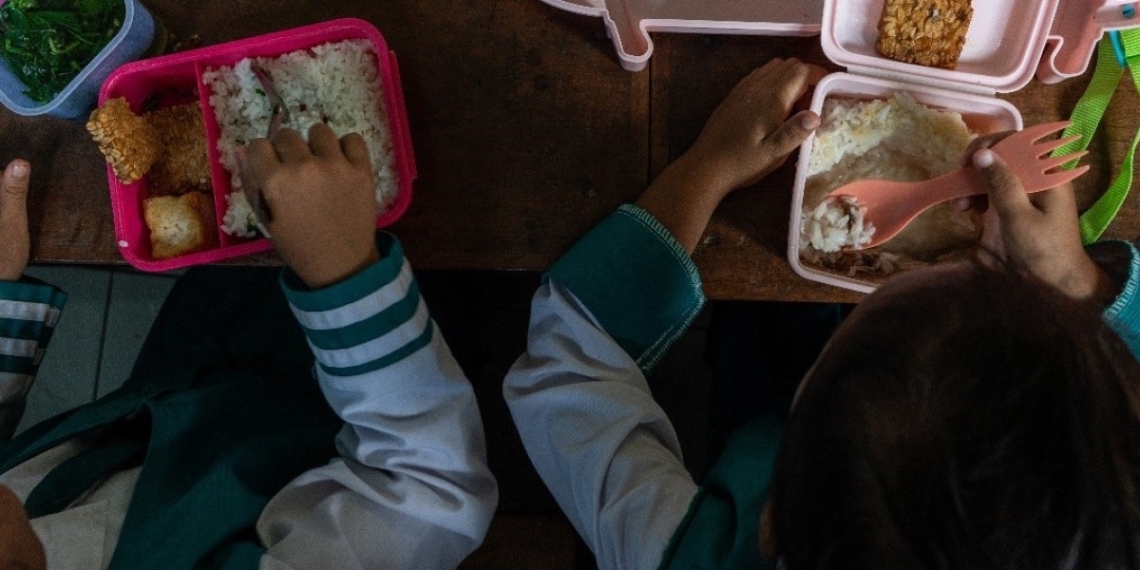Pupin Marini is a mother of one. After her child was born, she would have liked to continue her career as a marketing staff in the media sector for greater personal growth and to bring more income to the family. However, like millions of women with small children in Indonesia, Pupin had little choice but to stay home and care for her child. And, if she is like most women in Indonesia, Pupin is unlikely to rejoin the workforce.
Pupin’s case exemplifies a missed opportunity for Indonesia. The scarcity of childcare prompts many women to stop working outside the home. With greater investment in childcare and early childhood education, Indonesia could reclaim a productive segment of its labor force and boost economic growth.
Low female labor force participation
Indonesia’s female labor force participation rates are comparatively low for the region, around 53 percent in 2021. These figures have remained unchanged overall for over two decades, despite structural changes to the economy, gains in education, declining early marriage rates, and lower fertility. In addition, the gap between men and women in labor force participation rates are some of the highest in the region at around 30 percent. If Indonesia could increase women’s labor force participation to just 58 percent, the World Bank estimates that Indonesia’s economy would grow by an additional $62 billion.
There is emerging evidence that lack of affordable and quality childcare services are a key constraint to women working. Data from Indonesia’s labor force survey (Sakernas) show that around 40 percent of women initially working in wage employment are no longer working after marriage and childbirth and almost half of these women cite family related reasons for dropping out (see chart). Expanded access to early childhood education services, on the other hand, is linked to increased employment probability (Halim et al., 2021).

